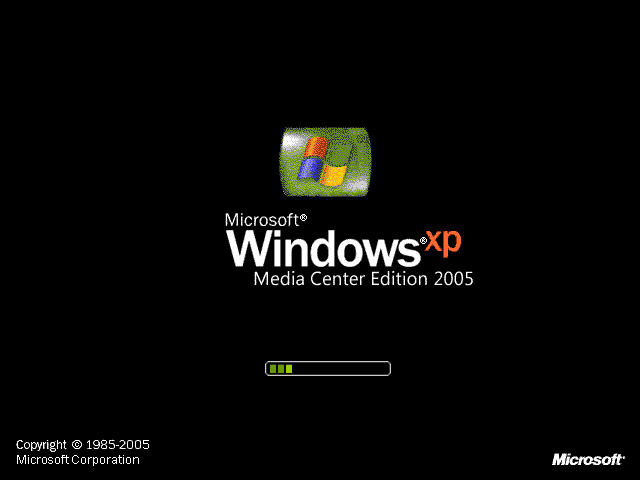

Typically, what you're more likely to want to do is watch television, and this is where MCE really takes off. Of course, the very last thing you would want to do as you recline on your settee is look at spreadsheets and databases.

It's a product that lets you use your PC as an entertainment device in the context of your living room, rather than in an office, on a desk. That domestic arrangement is the key to understanding MCE. That all changes when you realise that it's the first consumer-oriented operating system to be bundled with an infra-red remote control! Press the green button in the middle and the whole interface changes into a simplified schema of large menus that you can read while you're sitting on the sofa, across the room from the PC. And, when you first boot it up, it looks exactly like Windows XP. It's a superset of the operating system that most PC users are either running now or migrating to at some point in the future. Media Center Edition is a special edition of Windows XP: that's all. I would say, though, that I run an ethical policy, which is that I don't promote products that I don't think are worthy of promotion. I have to declare an interest here: I was a paid adviser for the event, so you have to read the following comments in the light of that. Last week (I'm writing in mid-October) Microsoft launched the European version of the Windows XP Media Center Edition. With the new XP Media Center Edition, Microsoft aim to make Windows PCs a modern equivalent of the radiogram - the heart of a complete music and video home entertainment system. The Windows XP Media Center Edition can transform itself into a TV interface with large friendly graphics.


 0 kommentar(er)
0 kommentar(er)
